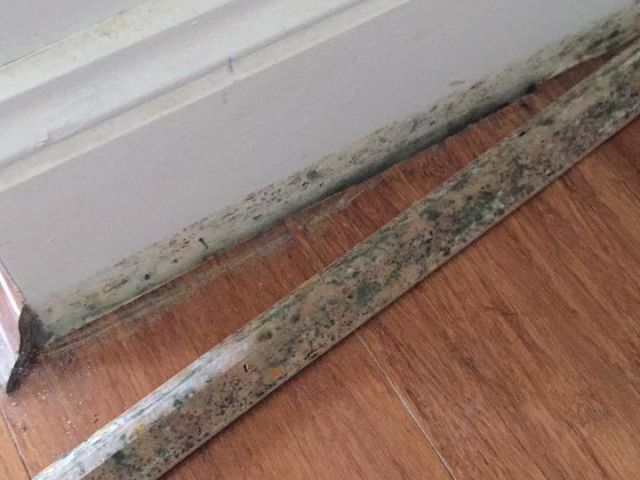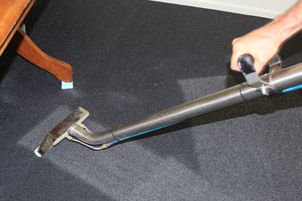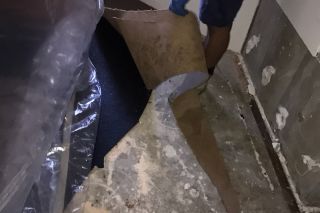Common Mistakes in Water Damage Restoration
Water damage can be extremely devastating particularly given the immense cost that would be involved coupled with the inconvenience of the entire process, as well as the potential for other complications such as ailments.

Even more noteworthy is the fact that water damage in itself may be a signal of other deep-seated problems in the structure of the facility. More often than not, individuals are incentivised to undertake the water damage restoration on their own without enlisting the help of professionals. Of course, this can be a pretty admirable thing to do since you will be likely to make significant savings. Nevertheless, this could also be a devastating experience (and the wake-up call that you actually need to realise that you do need a water damage restoration expert). There are varying mistakes that you might end up making in the water damage restoration process.
One of the most common mistakes in water damage restoration is the failure to undertake proper and comprehensive evaluation of the water damage. It is noteworthy that a significant component of the restoration process is the evaluation of the magnitude of the damage and the type of water that actually caused the damage. There are varying forms or categories of water damage based on the type of water, as well as the location of the damage and the humidity among other factors. Category 1 is the form of water damage that emanates from clean water, in which case you can handle the damage yourself without any issues whatsoever. Category 2 water damage, on the other hand, is caused by muddy or dirty water, in which case taking extra safety precautions is required until the source of the pollution can be determined conclusively. In the case of category 3 water damage, sewage water would be the most likely culprit. The water is black in colour and incorporates strong smell, in which case exposure to the water can result in skin diseases or irritation. There is also Class 4 water damage, which can be difficult to handle on your own since it usually emanates from flooding that would submerge particular parts of the house, thereby pooling the facility for days or weeks. Failure to undertake proper and comprehensive categorisation of the water damage prior to restoration would be likely to harm your health or simply cause the restoration efforts to amount to a naught.
In addition, there is the mistake pertaining to taking too long to respond to the water damage. Of course, any form of damage to your home would be likely to be a stressful affair not only because of the cost but also the implication of the same. More often than not, home owners try to avoid or take too long to repair the water damage for some days in the hope that the problem will solve itself in the long-term. Unfortunately, such ignorance can be immensely costly in the long-term as it would be likely to result in further worsening of the problem in the long-term and the short-term. In some cases, individuals tend to simply clog or turn off the source of the water and imagine that the problem has gone away. However, this could result in further problems such as the development of mould, which would be a health risk to the family in the long-term.
Moreover, most people make the mistake of using inappropriate equipment. It is noteworthy that initial water clean-up usually involves the use of mops and towels especially in cases where the damage is seemingly not extensive or even wet dry shop vacuum cleaners and sump pumps in case of extensive water damage. However, it would be extremely wrong to mistake the failure to see more water for successful cleanup. Complete drying out of the facility would be the most fundamental component of the water damage restoration process. There is always the likelihood that hidden water would be trapped in the structure, in which case it would only be removed using moisture detection equipment. Such hidden moisture could result in the development of mould, which would be more damaging in the future. In essence, it might be imperative that you rent or buy commercial fans and humidifiers to eliminate the risk for future damage.
In addition, people often make the mistake of failing to take the necessary precautions. This is particularly common in cases where there are floods or some damp conditions in the facility. You might be tempted to have a peek at the extent of water damage by putting on the lights. However, in cases where there is still water on the floor of the facility, it is advisable that you be careful prior to initiating any cleanup exercise. There is always the risk of being electrocuted especially since the water might be touching the electrical circuits. Even more noteworthy is the risk of exposure to hazardous waste from the septic systems and damaged pipes, which could have a negative effect on your health.
Lastly, people fail to be detail-oriented when undertaking water damage restoration. More often than not, people assume that water damage repairs simply revolves around wiping away the visible liquid and the replacement of the carpeting and the ceiling. However, there are other fundamental details that are seemingly minute but should be considered. Key among them is checking the plug holes to assess the damage that could be causing the water damage in the first place. In addition, you may need to examine the air ducts as such areas are common breeding grounds for mould. Any attempt to neglect the seemingly minute details could expose you to worse problems in the long-term and the short-term.
Ultimately, you may realise that water damage restoration is best carried out by a professional. More often than not, the mistakes could cost you more in the long term despite the fact that you will likely make them subconsciously. The intensity of the outcome of course differs. Taking the initiative to get the assistance of a water damage restoration professional right from the beginning is imperative right from the beginning.



